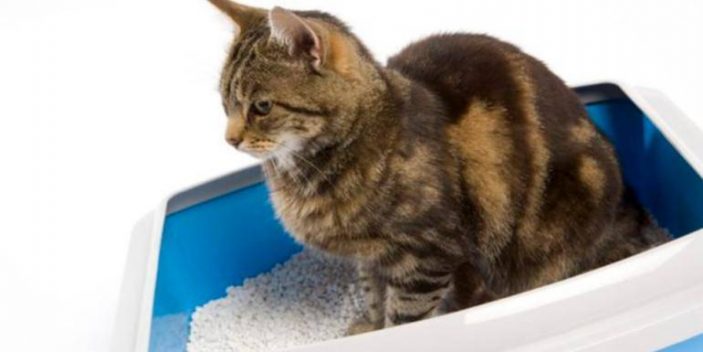Cystine (Cys or C) is one of the non-essential amino acids which can be provided in diets or obtained from methionine. We have already looked at the various roles in cats while includes keratin formation, being a building block of proteins among other functions while covering methionine-cystine in cats.
We also looked at foods rich in this amino acid, deficiency signs as well as how much do felines require in their diets. Let us look at cystine stones in cats.
What are they?
Cystine crystalluria (cystinuria) in cats is a rare hereditary condition that results from a genetic disorder that affects renal reabsorption of dibasic amino acids such as cystine, ornithine, arginine, and lysine which usually occurs at the proximal tubule.
Since cysteine is not very soluble in urine, the reabsorption disorder leads to the formation of cystine calculi which are “small and irregular, soft and friable, waxy, and light yellow to red-brown, turning to green on exposure to daylight.”[1]
These stones consist of pure cystine but may also have brushite, struvite, calcium oxalate, and complex urates. They are easily formed since cystine is not soluble in the urine.
Therefore, they usually found inside the kidney, urinary passages or contained in urine that has been passed out.
Which cats are vulnerable?
Shorthair domestic breeds, as well as Siamese cats, have shown a higher prevalence of having these uroliths. Unlike in dogs, where males are affected more, it is not gender specific and cats aged between 4 months to 12 years can be affected.
Cystine crystals in urine symptoms
They resemble those of any other uroliths, and they include straining while urinating that may be painful, frequent urination and post-renal uremic poisoning.
Also, the passage of very little urine or inability to urinate and bloody urine (hematuria) can be a pointer to these uroliths.

Diagnosis
Your vet will consider X-ray, ultrasound, and urethroscopy to help check for the presence of these stones.
Also, blood biochemistry profile, total blood count, urine amino acid profile (may reveal high cystine in urine), intravenous pyelograms, among other tests may also be performed.
Managing Cys urolithiasis
Unless they are obstructive, non-obstructive ones are medically dissolved using drugs and diets.
For instance, these uroliths can be managed by increasing urine production (use wet foods or hydrated dry ones and encourage more water consumption), raising its pH to above 7.2 by going for low protein and alkalizing diets (helps increase their solubility).
Sodium bicarbonate and potassium citrate are often used in urine alkalization while antibiotics may be indicated in cases of urinary tract diseases.
Also diets such as Hill’s® Prescription Diet® k/d® Feline may be helpful in increasing urine quantity.
Besides special diets, your vet may prescribe other medications such as the 2-mercaptopropioyglycine (2-MPG, Thiola) or any other he or she deems necessary. Afterward, ensure you make a follow-up check.
Finally, there is not protocol for dissolution of these uroliths in cats for now and a less invasive surgery may be considered as well as flushing them (urohydropulsion) if detected while they are so small.
